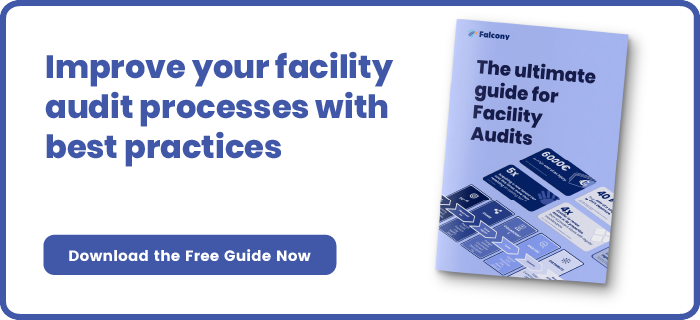Strategies for Shopping Cart Loss Prevention in Retail
Shopping cart loss can be a significant challenge for retailers, leading to both financial losses and operational inefficiencies. Whether due to theft or simply customers abandoning their carts, these losses can erode profits.
Therefore, it's crucial for retailers to implement effective strategies to prevent shopping cart loss. In this blog, we will explore some strategies that can help retailers and beyond mitigate shopping cart loss.
Implement Physical Barriers
One of the simplest yet effective strategies is to implement physical barriers such as wheel locks or electronic barriers at the store's exit points. These barriers prevent customers from taking shopping carts beyond designated areas, reducing the likelihood of theft or abandonment. While initial installation costs may be incurred, the long-term savings from reduced cart loss far outweigh this expense.
Provide Convenient Cart Return Stations
Encourage cart return by strategically placing convenient cart return stations throughout the store premises and parking lot. Make it easy for customers to return their carts by placing these stations in visible and accessible locations. Clear signage can also help remind customers to return their carts after use. The minimal investment in setting up these stations is quickly offset by the savings from fewer lost carts.
Utilize Technology
Embrace technology to track and monitor shopping carts efficiently. RFID (Radio-Frequency Identification) tags can be attached to carts, allowing retailers to track their movement within the store and identify potential areas of loss. Additionally, GPS-enabled carts can provide real-time location data, making it easier to retrieve misplaced carts. While there may be upfront costs associated with implementing such technology, the long-term savings from reduced cart loss justify the investment.
Staff Training on Loss Prevention
Educate store staff about the importance of shopping cart loss prevention and provide them with training on how to identify and address potential issues. Staff members can play a crucial role in monitoring cart movement, assisting customers with cart retrieval, and ensuring carts are returned promptly. The investment in staff training yields significant returns in terms of reduced cart loss and improved operational efficiency.
Implement Deposit Systems or Incentives
Consider implementing a deposit system where customers must insert a coin or token to unlock a cart, which they receive back upon returning the cart. Alternatively, offer incentives such as discounts or loyalty points for customers who return their carts after use. These measures can motivate customers to take responsibility for cart return while offsetting the costs associated with lost or stolen carts.
Regular Cart Audits
Conduct regular audits to assess the number of shopping carts in circulation compared to the number available. This helps identify any discrepancies and enables proactive measures to retrieve lost or stolen carts promptly. While there may be some operational costs associated with conducting audits, the savings from reduced cart loss far exceed these expenses.
Customer Involvement and Assistance
Foster a positive relationship with customers by engaging with them about the importance of cart return and how it contributes to a pleasant shopping experience for everyone. Utilize signage, announcements, and social media channels to communicate this message effectively. The minimal investment in customer involvement yields significant returns in terms of increased cart return rates and customer satisfaction.
Monitor High-Risk Areas
Identify high-risk areas within the store or surrounding vicinity where shopping cart loss is more prevalent. Increase surveillance and implement additional security measures in these areas to deter theft and encourage cart return. While there may be some upfront costs associated with enhancing security measures, the long-term savings from reduced cart loss justify the investment.
Conclusion
By implementing these strategies, retailers can minimise shopping cart loss and create a more efficient and enjoyable shopping environment for both customers and staff. Ultimately, prioritising loss prevention not only protects the retailer's bottom line but also enhances the overall shopping experience, fostering customer satisfaction and loyalty while maximising results and cost savings.
If you're looking to implement a mobile tool for your retail audits, we've got you covered. Falcony | Audit is easy-to-use, fast to set up, has customisable workflows, vast integration possibilities and more. Contact us for more information.
We are building the world's first operational involvement platform. Our mission is to make the process of finding, sharing, fixing and learning from issues and observations as easy as thinking about them and as rewarding as being remembered for them.
By doing this, we are making work more meaningful for all parties involved.
More information at falcony.io.

Related posts
Why Store Audits Are So Important
The retail industry is more competitive than it has ever been. So, it’s vital that businesses run...
Understanding Different Types of Losses in Retail and How to Prevent Them
Losses in the retail industry can have a significant impact on a retailer's profitability,...
Uncover the Mystery of Mystery Shopping: How It Can Supercharge Your Retail Audits
In the fiercely competitive world of retail, understanding and exceeding customer expectations is...





